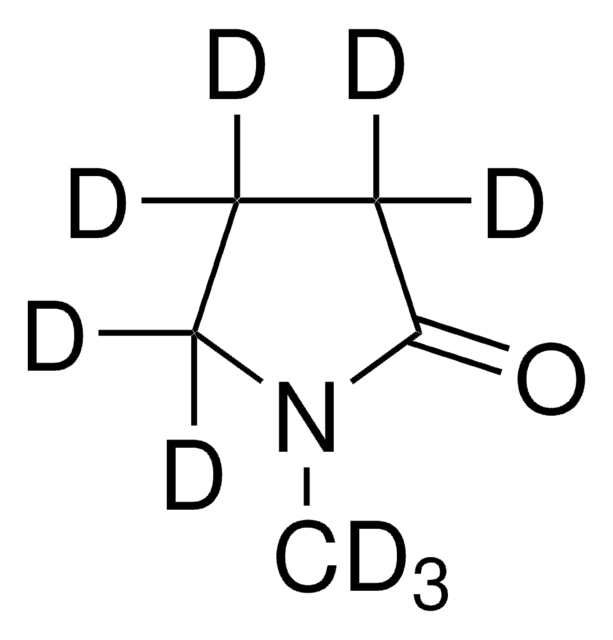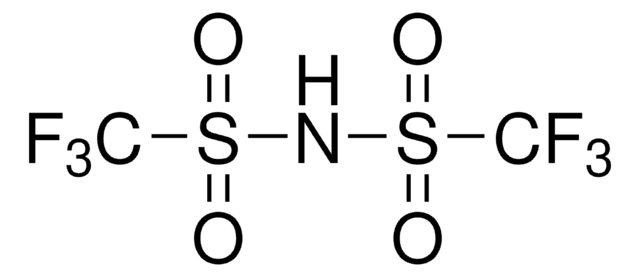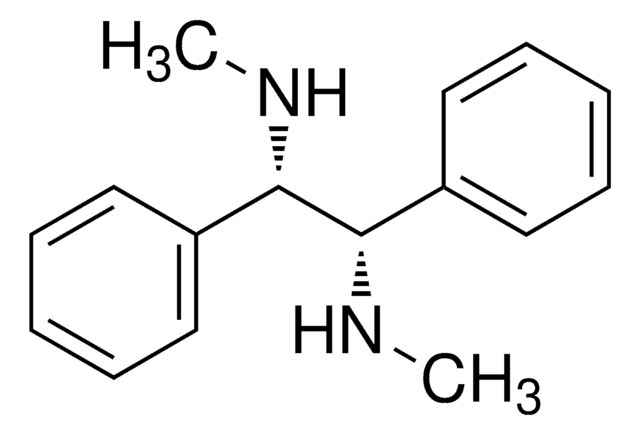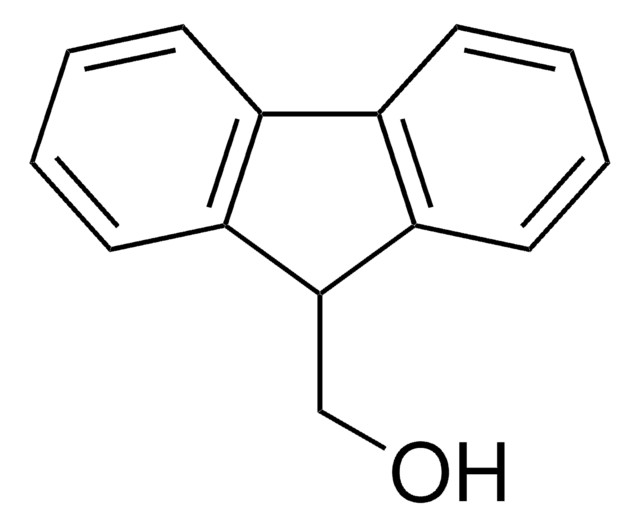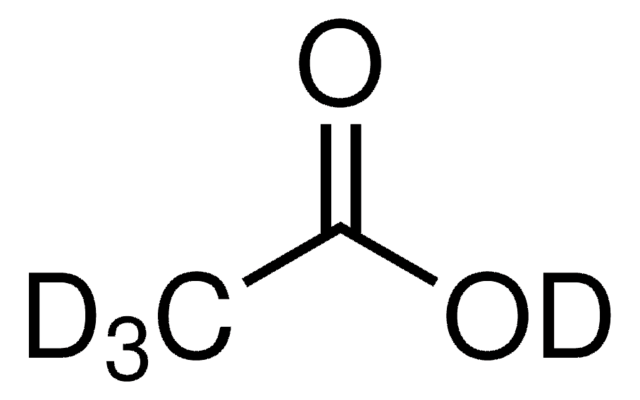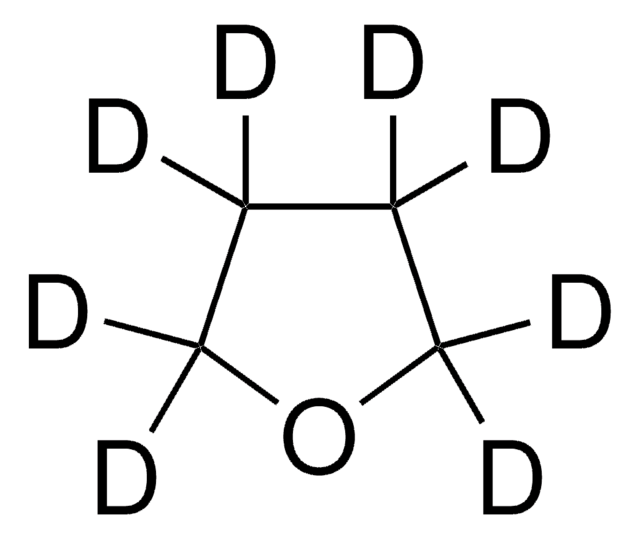700428
N,N-dimetilformamide-d7
≥99.5 atom % D, contains 0.03 % (v/v) TMS
Sinonimo/i:
DMF-d7, Eptadeutero-N,N-dimetilformamide
About This Item
Prodotti consigliati
Purezza isotopica
≥99.5 atom % D
Livello qualitativo
Saggio
≥99% (CP)
Stato
solution
contiene
0.03 % (v/v) TMS
tecniche
NMR: suitable
Impurezze
≤0.05% water
water
Indice di rifrazione
n20/D 1.428 (lit.)
P. ebollizione
153 °C (lit.)
Densità
1.03 g/mL at 25 °C (lit.)
Spostamento di massa
M+7
Stringa SMILE
[2H]C(=O)N(C([2H])([2H])[2H])C([2H])([2H])[2H]
InChI
1S/C3H7NO/c1-4(2)3-5/h3H,1-2H3/i1D3,2D3,3D
ZMXDDKWLCZADIW-YYWVXINBSA-N
Cerchi prodotti simili? Visita Guida al confronto tra prodotti
Descrizione generale
Applicazioni
Prodotti consigliati
Avvertenze
Danger
Indicazioni di pericolo
Classi di pericolo
Acute Tox. 4 Dermal - Acute Tox. 4 Inhalation - Eye Irrit. 2 - Flam. Liq. 3 - Repr. 1B
Codice della classe di stoccaggio
3 - Flammable liquids
Classe di pericolosità dell'acqua (WGK)
WGK 2
Punto d’infiammabilità (°F)
136.4 °F - closed cup
Punto d’infiammabilità (°C)
58 °C - closed cup
Scegli una delle versioni più recenti:
Possiedi già questo prodotto?
I documenti relativi ai prodotti acquistati recentemente sono disponibili nell’Archivio dei documenti.
I clienti hanno visto anche
Il team dei nostri ricercatori vanta grande esperienza in tutte le aree della ricerca quali Life Science, scienza dei materiali, sintesi chimica, cromatografia, discipline analitiche, ecc..
Contatta l'Assistenza Tecnica.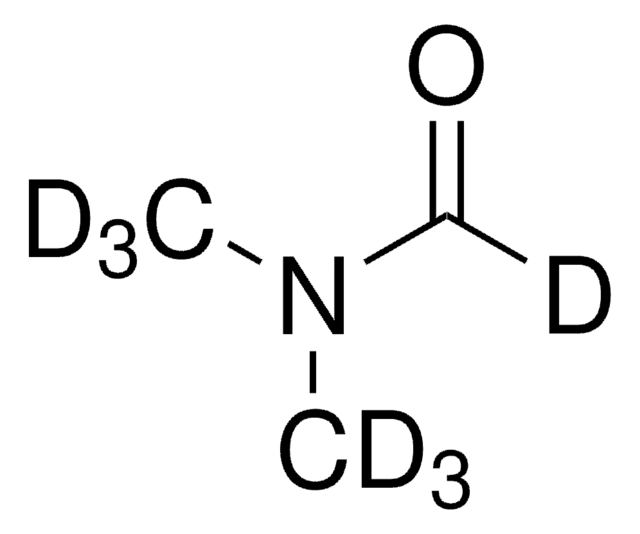

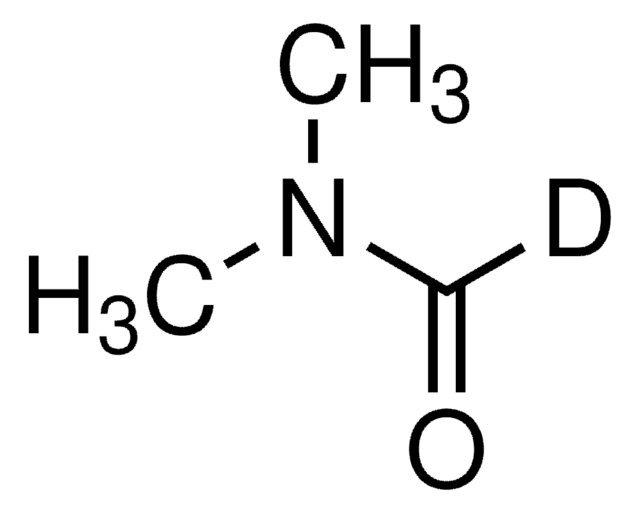

![(3R)-3-{[(9H-Fluoren-9-ylmethoxy)carbonyl]amino}-3-(3-methylphenyl)propanoic acid AldrichCPR](/deepweb/assets/sigmaaldrich/product/structures/369/030/c37536c8-fce7-456d-a3f2-1b29a57c2c52/640/c37536c8-fce7-456d-a3f2-1b29a57c2c52.png)

